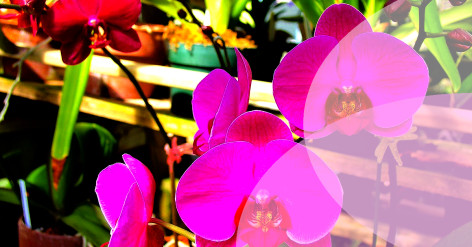Best way to grow peaches

A Peach Primer: A Brief Overview of Peach Varieties

Peaches, with their vibrant colors and incredibly juicy, sweet flavors, are a delightful addition to any home garden. However, cultivating a bountiful peach tree can be quite the challenge. Thatâs where this handy guide comes in! Weâve got all the information you need, from choosing the right variety to all the vital care steps, to ensure a thriving and fruitful harvest.
Planting Tips and Tricks for Perky Peaches
Not all peaches are created equal. There are numerous varieties of peaches [^1^], each with its unique flavors and textures. Some popular options include:
- Clingstone: These peaches are characterized by flesh that tightly adheres to their pits. They're perfect for juicing or canning due to their high moisture content.
- Freestone: With flesh that easily separates from the pit, freestone peaches are perfect for eating fresh or baking.
- Semi-Freestone: Combining the best of both worlds, these hybrids offer easier pit separation than clingstone peaches and are perfect for a variety of applications.
Knowing your regional climate and selecting a variety suitable for your area is crucial. Study the chilling requirements and pollination requirements of your desired peach variety before purchasing [^2^].
Caring for Your Peach Tree: A Recipe for Success
- Timing: The best time to plant peach trees is in the spring, after the last frost.
- Location: Choose a site with well-draining soil and full sun exposure. Ensure the spot has enough space for roots to spread and for the tree to grow comfortably.
- Soil Preparation: Amend your soil by adding organic matter like compost or aged manure. This will improve nutrient availability and drainage.
- Planting: Dig a hole twice the size of the root ball, spreading the roots gently, ensuring they're evenly distributed. Fill the hole with soil, pressing firmly to eliminate air pockets.
Related articles
Pollination Partners: Creating a Buzz for Better Fruit
- Watering: Proper hydration is paramount for optimal growth. Young trees require more frequent watering, but be careful not to overwater, as this can lead to root rot.
- Fertilization: Use a balanced, slow-release fertilizer to provide essential nutrients for your peach tree. Always follow the label instructions for recommended application rates.
- Pruning: Prune your peach tree annually to promote airflow and exposure to sunlight. The best time to prune is late winter or early spring, removing any dead or diseased branches, as well as thinning crowded areas.
- Pest & Disease Control: Keep a vigilant eye out for common peach predators like peachtree borers, aphids, and mites [^3^]. To prevent diseases, provide adequate spacing and maintain proper pruning practices.
Harvest Time: Reaping the Fruits of Your Labor
While some peach varieties are self-pollinating, others require bees or other pollinators for fruit production. Planting a secondary variety nearby or enticing helpful insects with pollinator-friendly plants can increase your chances of a bountiful harvest.
Moving Forward: The Path to Perfect Peaches
The sweetest reward for your efforts is the juicy fruit your tree provides. Track your peaches' progress, as each variety has a different ripening period. To determine ripeness, gently press the fruit â if it yields without bruising, it's ready to be picked!
With this guide to growing peaches, you're well on your way to cultivating the most succulent, juicy fruits imaginable. From the moment you plant your tree, you'll relish the journey of nurturing it â with nature's reward being the pièce de résistance in your garden.
So, gather your gardening supplies, select your peach variety, and let the fruity adventure begin!
[^1^]: Stark Bro's comprehensive guide to peach varieties. [^2^]: Learn more about chilling and pollination requirements at Gardening Know How. [^3^]: Check out this Better Homes & Gardens article for information on dealing with pests and diseases.





